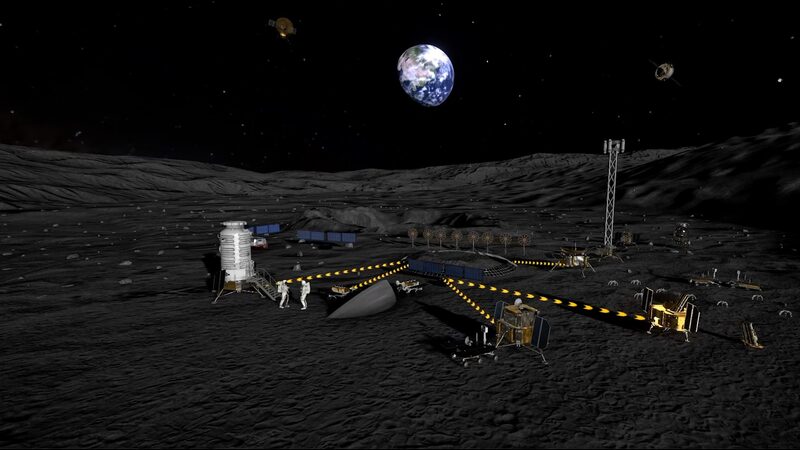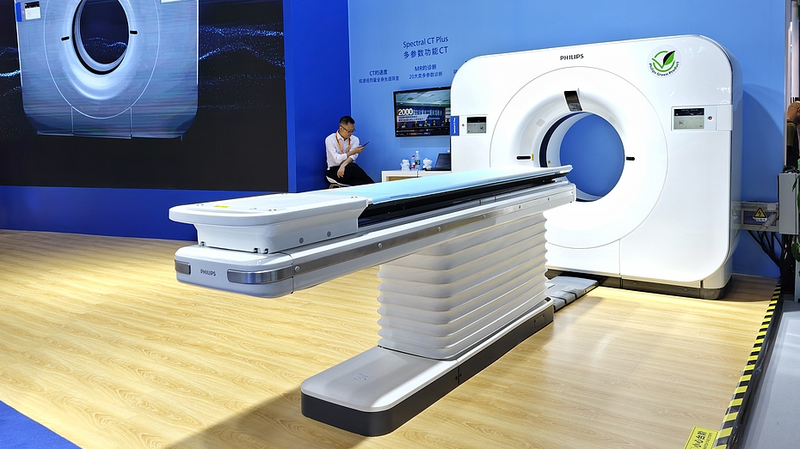China is charting a bold path to the moon with plans to build an International Lunar Research Station (ILRS) by 2050. Announced by Wu Yanhua, chief designer of China's major deep space exploration project, the ILRS aims to create a comprehensive network linking the moon's south pole, equator, and far side.
Speaking at the second International Deep Space Exploration Conference in Tunxi, Huangshan City, Wu outlined a blueprint for an expandable and maintainable lunar system. The plan includes both long-term robotic operations and short-term human missions, inviting global collaboration across various levels such as concept study, equipment, systems, and missions.
The ILRS will be developed in two phases. The first phase, set for completion by 2035, will establish a basic model in the lunar south pole region. By around 2050, the extended model will feature a lunar orbit station as the central hub, primary base at the south pole, and additional exploration nodes on the equator and far side. This network is designed to support future manned missions to Mars.
China is also on track to land astronauts on the moon by 2030. The ILRS will utilize diverse power sources, including solar, radioisotope, and nuclear generators, and will feature advanced communication networks between the lunar surface, orbit, and Earth. Additionally, the station will house various lunar vehicles, such as hoppers, unmanned long-range vehicles, and both pressurized and unpressurized rovers.
To facilitate seamless Earth-moon transportation, China is developing orbital and lunar-surface refueling stations, launch vehicles, orbiters, landing-and-ascent vehicles, and return capsules. These innovations aim to establish a sustainable and interconnected lunar infrastructure, paving the way for humanity's next giant leap into deep space.
Reference(s):
China outlines blueprint for international lunar research station
cgtn.com




